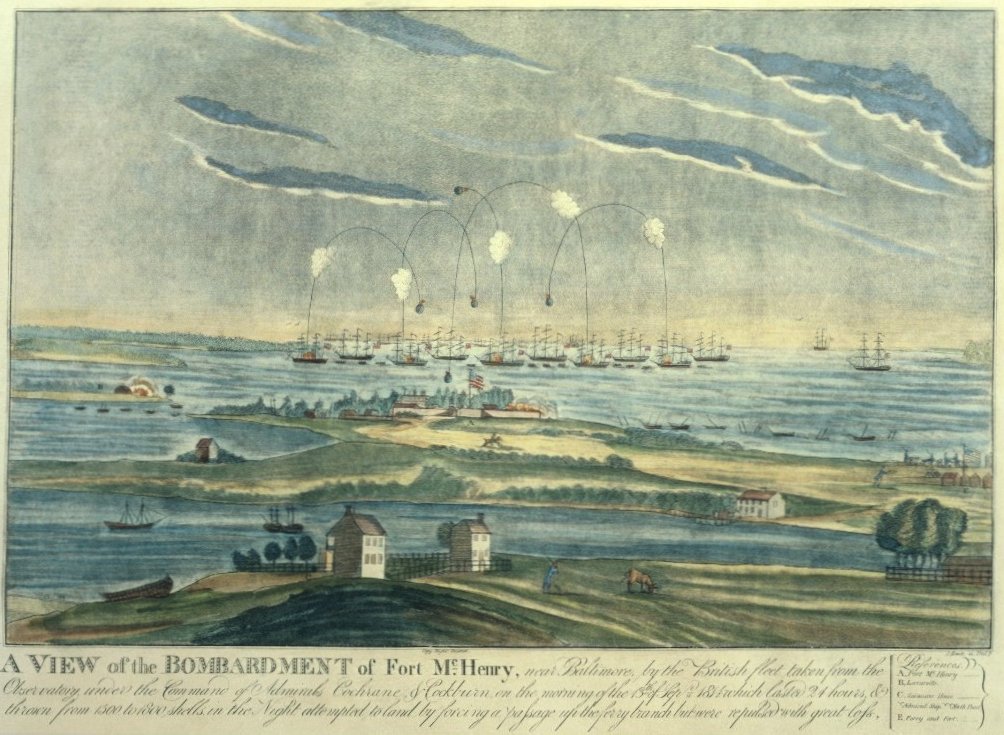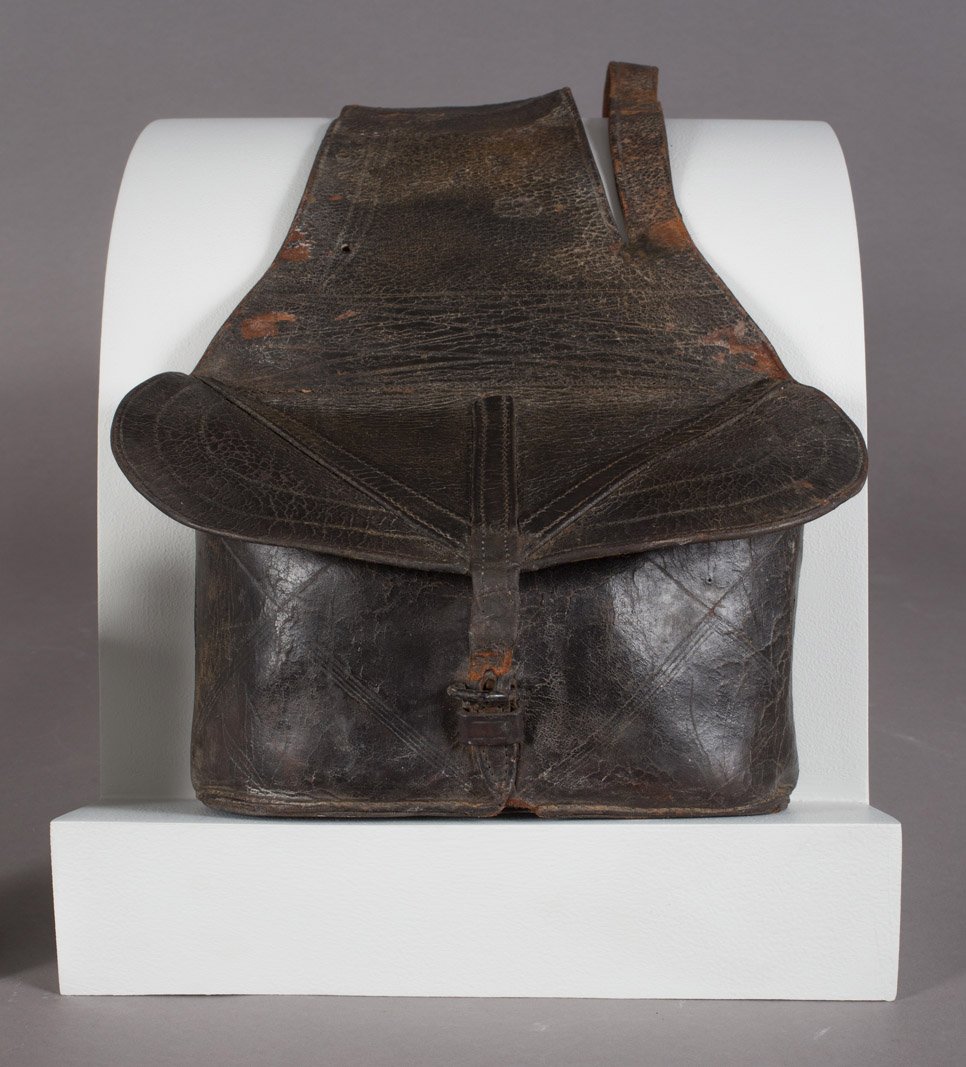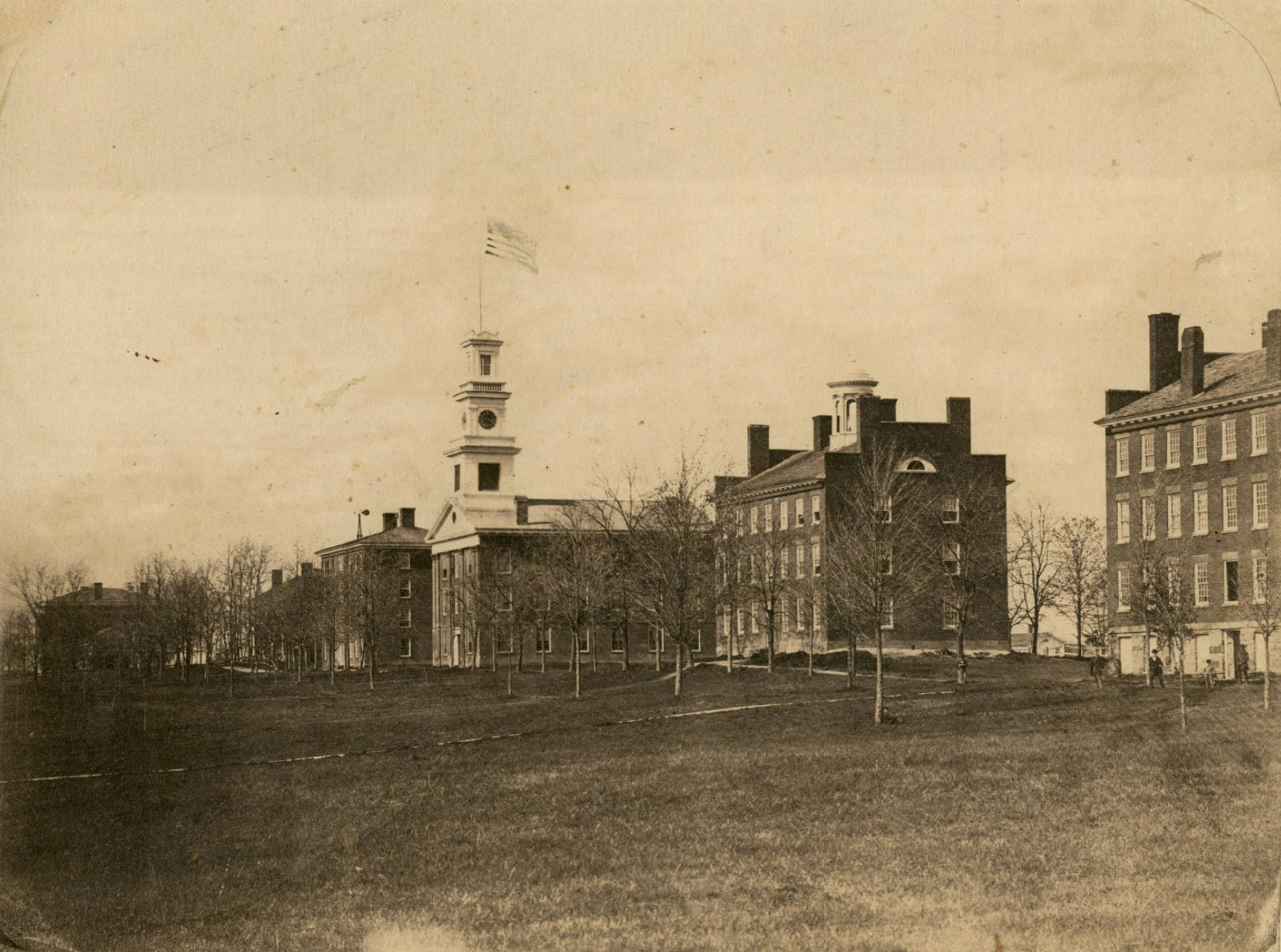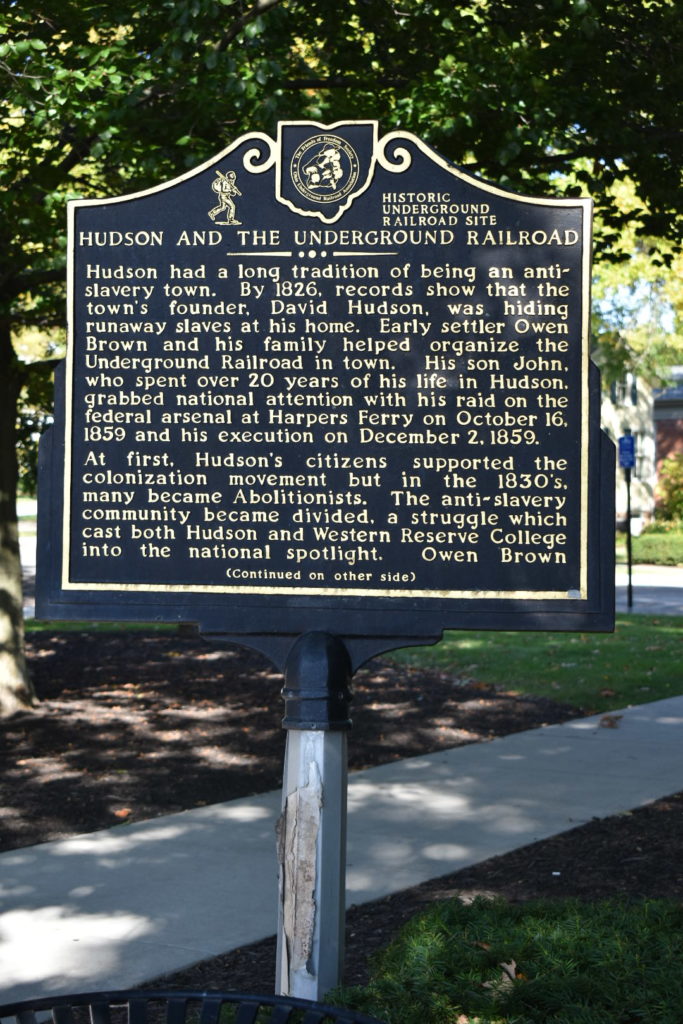 On the Green near the clock tower, a marker honors Hudson’s role in the anti-slavery movement. This marker, dedicated in May 2000, was erected by the Hudson Library & Historical Society and The Friends of Freedom Society, Ohio Underground Railroad Association.
On the Green near the clock tower, a marker honors Hudson’s role in the anti-slavery movement. This marker, dedicated in May 2000, was erected by the Hudson Library & Historical Society and The Friends of Freedom Society, Ohio Underground Railroad Association.
Hudson was founded in 1799 by New England pioneers who brought with them a hatred of the institution of slavery. Records indicate that town founder David Hudson (1761-1836) used his home as a station on the Underground Railroad as early as 1826. Early settler Owen Brown (1771-1856) was an active Abolitionist and Underground Railroad “stationmaster,” as well as father to abolitionist John Brown (1800-1859), who lived in Hudson for twenty years. It was in Hudson that John Brown famously vowed during a prayer meeting that he would dedicate his life to abolishing slavery.
In the late 1820s, the anti-slavery community in Hudson became heavily divided over what should happen to the freed once slavery ended. Two distinct and passionate factions emerged: The colonizationists believed that the enslaved should be gradually freed and sent to a colony in Africa, while abolitionists argued for immediate emancipation and American citizenship. This contentious debate thrust the town and Western Reserve College into the national spotlight and divided the town.
The highly illegal activity that we call the Underground Railroad had to be conducted with absolute secrecy: thus we may never know the full extent of the town’s involvement. Hudson is fortunate to have many buildings still standing that have ties to the anti-slavery movement and in particular to the Underground Railroad.
Virtual Walking Tour
The Anti-Slavery Movement and the Underground Railroad in Hudson
History comes alive with the Hudson Library & Historical Society’s virtual walking tours of historic Hudson. Each self-guided tour incorporates the carefully researched content from the library’s popular in-person walking tours enhanced with a rich multimedia experience including digitized historic photographs and documents sourced from original material from the library’s archives.
Walk or drive these mobile-friendly tours, accessible via Android or Apple phones. Or, experience the tours from your computer without leaving home! The walking tours are built using STQRY, the award-winning digital storytelling platform used by the Metropolitan Museum of Art, Smithsonian and the National Parks Service.
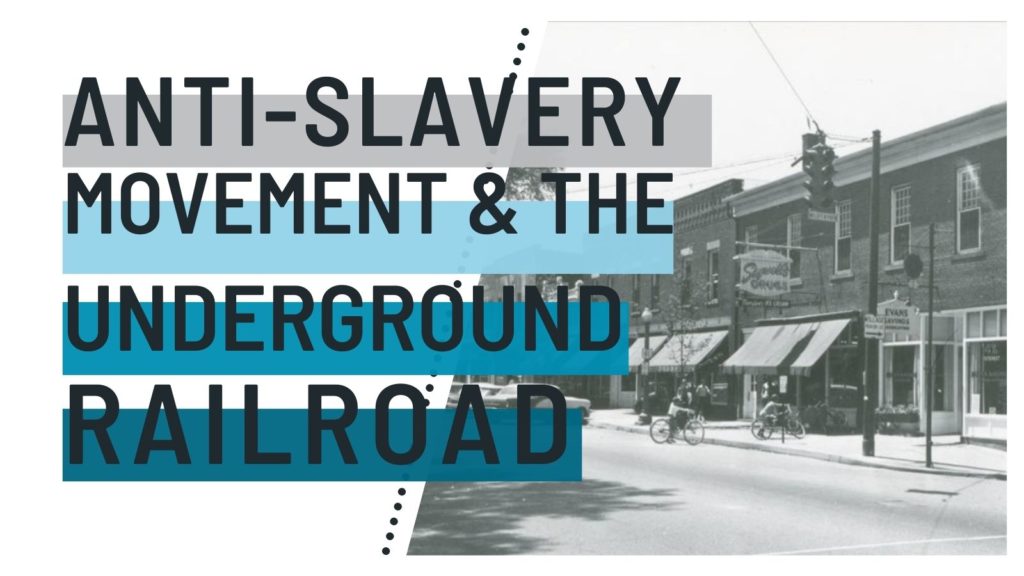 Hudson, once called the “citadel of abolitionism,” was an active stop on the Underground Railroad and was the childhood home of abolitionist John Brown. This virtual tour features 16 stops (and 9 bonus stops) at key sites that played a part in the anti-slavery movement in the town. Hudson Library archivist Gwen Mayer narrates this immersive tour featuring enhanced content, photographs of notable citizens and homes, key documents, and more.
Hudson, once called the “citadel of abolitionism,” was an active stop on the Underground Railroad and was the childhood home of abolitionist John Brown. This virtual tour features 16 stops (and 9 bonus stops) at key sites that played a part in the anti-slavery movement in the town. Hudson Library archivist Gwen Mayer narrates this immersive tour featuring enhanced content, photographs of notable citizens and homes, key documents, and more.

